
- January 3, 2021
- Leave a comment
- Filed under: Uncategorized

CUBES Math Strategy for Word Problems
The CUBES math strategy is a tool teachers use to aid students with problem solving. Do you have students that when faced with a word problem they seem to freeze and have no idea where to start?
The math CUBE strategy provides those students with a starting point, a set of steps to perform in order to solve a particular math word problem.
What is the CUBES strategy?
This strategy helps students break down word problems by creating five steps they must follow in order to solve. CUBES is an acronym that is easily remembered by students.
C – Circle the numbers
U – Underline the question
B – Box the key words
E – Evaluate and Eliminate unnecessary information
S – Solve and check
Why use the CUBES math strategy?
- It gives students a starting point when they are faced with word problems. We know many kids fear word problems and many times they have no idea where to start.
- It makes kids aware of what the problem is asking – this might seem simple but forcing kids to underline the question is a good way to make them read what is the problem asking me to do.
- It brings out all the numbers in the problem – sometimes word problems present numbers in numerical form, word form, or any other tricky form. Circling the numbers forces kids to look through the problem to find numbers in any form.
If you are looking for a digital way to use CUBES, I have created a set of Google slides where students can annotate the word problems, write an equation, and solve.
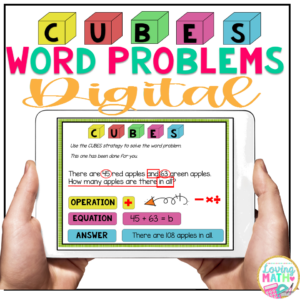
https://youtu.be/0iL3v7V6jVA
Leave a Reply Cancel reply
Your email address will not be published. Required fields are marked *
Save my name, email, and website in this browser for the next time I comment.
Leave this field empty
You may also like...

SIGN UP FOR MY NEWSLETTER
By signing up, you agree to receive email notifications from me. As per my privacy policy, you can unsubscribe at any time.
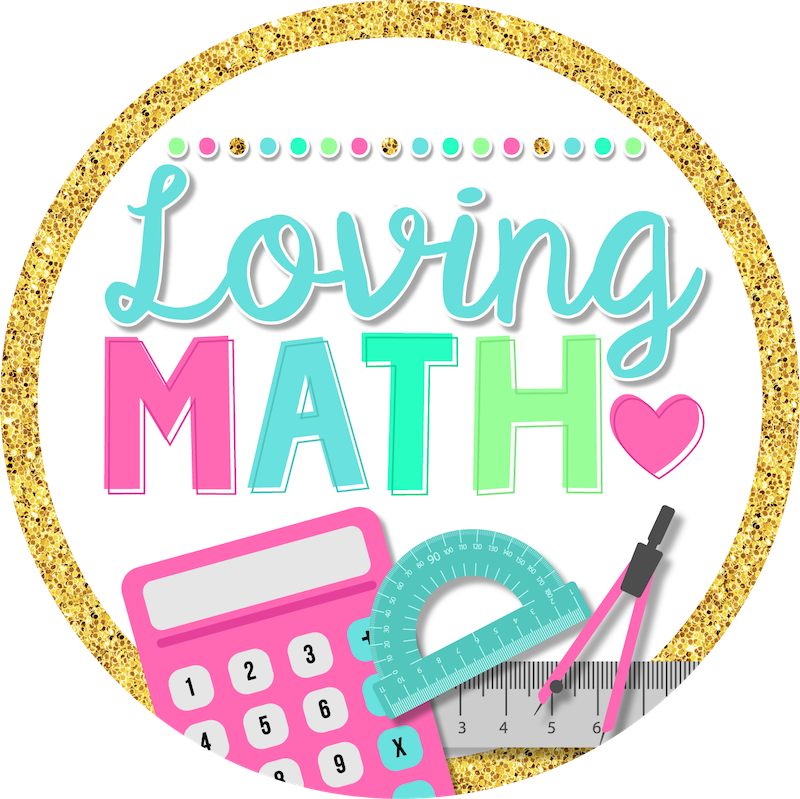
Trending Post : Easy Fixes for Behavior Challenges

Exploring the Power of the CUBES Math Strategy for Word Problems
Math problem-solving is one of the most challenging things we teach. The CUBES strategy is all about helping students tackle those tricky word problems with ease. Whether you’re dealing with pesky volume or area questions, or trying to figure out how many more apples Sally has than Timmy, the CUBES math strategy can be a great way to help those learners who struggle with word problems develop a systematic method to approach these problems. By breaking down the problem into smaller, more manageable chunks, you can quickly solve even the most complicated math problems.
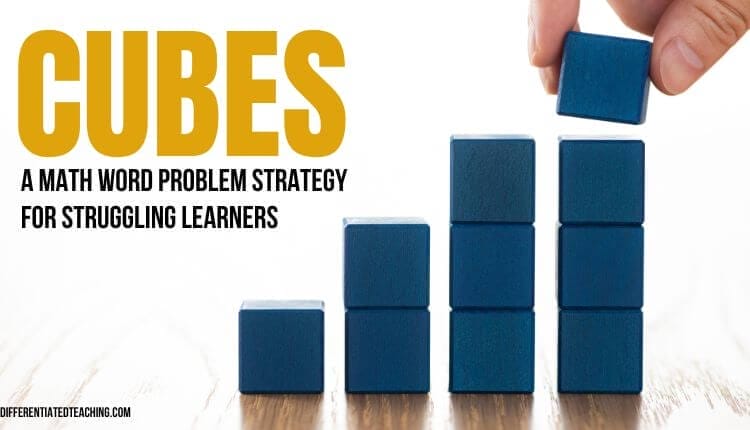
So if you’ve ever found yourself scratching your head in frustration over your struggling learners’ battle with story problems, fear not! The CUBES math strategy is here to make your life a whole lot easier. Stick around to learn more about how this awesome strategy can help you help your struggling students become math problem-solving pros!
What is the CUBES Math Strategy?
The CUBES math strategy is a tool designed to help give students a systematic approach to breaking down and solving math word problems. The acronym C.U.B.E.S stands for:
- C ircle key numbers & units
- U nderline the question
- B ox math action words
- E valuate the problem
- S olve the problem & check your work
By breaking down the problem into these steps, students can better understand the context of the problem and effectively solve it.
Benefits of using the CUBES strategy in math word problems
While CUBES is not the ideal method for all math problem solving, especially as word problems become more complex, you can use the strategy as a starting point to guide struggling students in being more attentive and systematic when tackling word problems.
Many struggling learners struggle with executive functioning and need a clear-cut plan for tackling this next-level math skill, and incorporating a strategy like CUBES into your teaching can give them steps to approach word problems rather than leaving them overwhelmed and unsure where to begin. This can help students build confidence in their ability to successfully solve math story problems and prepare them to solve multi-step problems, ultimately enhancing their problem-solving skills.
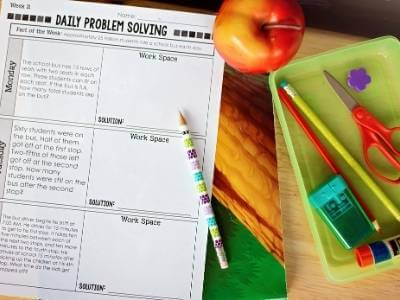
Step-by-Step Guide to Using the CUBES Strategy
Implementing the CUBES strategy means teaching students the key steps and working through a gradual release process until they can effectively do this themselves. This systematic approach helps students understand the problem and empowers them to tackle word problems with confidence. Here’s a little more about each step your students will need to achieve:
C- Circle the numbers & units
C stands for “circle the key information.” This includes the numbers, units, and core information needed to solve the problem. This includes identifying math vocabulary that represents a number, such as “several,” “half,” or “a dozen.” Some questions may not involve numbers at all, in which case you would circle each instance of the word “none.” It is also important to identify units (such as feet, miles, or kilograms) and whether there is a decimal point.
While we don’t want students solely relying on keywords when faced with a word problem, it can be helpful for them to recognize which words are references to mathematical symbols. For example, “+” means addition, and “-” means subtraction.
U- Underline the question
After students read the problem and circle numbers/units, they must underline the question. While this may seem silly, if students aren’t attending to what is being asked, they won’t get the right answer. Helping students stay on target is a key component of the CUBES strategy for solving math problems.
Once your student has underlined the question and knows exactly what he or she needs to solve, it’s time to move on to step B: boxes and bullets.
B- Box math action words
Notice this doesn’t say keywords…Again, we don’t want students focused solely on using keywords for math problem solving. Research has shown time and time again this is an ineffective strategy once problems become more complex.
That said, students need to look at word problems through the lens of critical readers. What in the problem gives them a clue as to what they need to do to solve it?
Just like the author of a story gives us details to help us infer and get to the story’s resolution, the author of a word problem helps us find the path to the solution. We need to be critical readers to get there. This is where boxing key information can be helpful. Here are some common examples that are often viewed as keywords but are critical for students to attend to to solve problems accurately:
- Addition: add, added, both, sum, total
- Subtraction: difference between, less than
- Multiplication: times twice as many/much as of every
- Division: split equally among/between each share out of
E- Evaluate or Equation
At this stage, it’s time to implement your strategy to solve. For some students, this will be writing and solving the equation. Others may need to evaluate by drawing a picture or using manipulatives to model the problem.
Either way, by this stage your learners should have broken down the problem to the point that they feel confident implementing a method that will lead them to the final step – solving.
S- Solve & Check
Once the strategy has been chosen, guide your students through the process of solving the problem. This may involve writing out the equation, solving for the unknown variable, and checking their work to ensure they have found the correct solution.
Encourage your students to show their work and explain their reasoning as they solve the problem. This will not only help them understand the process better but also allow you to provide feedback and support if needed.
It’s important to emphasize the importance of checking their work to ensure they have found the correct solution. This may involve plugging the solution back into the original problem to verify it or checking their work for errors in calculations.
Once your students have successfully solved the problem, congratulate them on their hard work and encourage them to reflect on the process. Ask them questions such as what strategies worked well for them, what challenges they encountered, and how they can apply what they have learned to similar problems in the future.
By guiding your students through the process of problem-solving and encouraging them to reflect on their work, you are helping them develop essential critical thinking skills that will serve them well in all areas of their education and beyond.

Tips for Implementing the CUBES Math Word Problem Strategy
Whenever you’re preparing to implement a strategy with your struggling learners, it can be helpful to get some tips from teachers who have been there. In asking for advice from colleagues, here’s what they had to say.
To teach the cubes strategy, you should:
- Teach the strategy as a whole. Because this is such a visual strategy, it’s useful to provide multiple examples of how to solve problems with CUBES on a poster or anchor chart. You can use the chart below as an example of what to include.
- Use a standard problem as an example. Before having students practice on their own, have them watch and listen as you model how to use the CUBES strategy on the board using a Problem of the Day or by writing in student journals. Visual learners will appreciate watching you write out each step and manipulate your complex number sentence cube.
- Use anchor charts you make together in class. Then transfer that knowledge into modeling one or two more examples with students using cubes they create out of construction paper, or if necessary, manipulatives like buttons or dry beans.
- Don’t fall into the trap that the standard algorithm is the only way to solve once the strategy has been used. Let students draw pictures, use manipulatives, make number lines, or whatever other strategies you’ve taught. The CUBES math strategy is to help them break up the problem. It isn’t the guiding principle of the math calculations.
- Students can use CUBES to filter out irrelevant details and focus on the essential details needed to solve the problem. By guiding students to evaluate the problem systematically, you can help students make informed decisions and tackle complex math challenges. It is great for learners who might get bogged down in all the details.
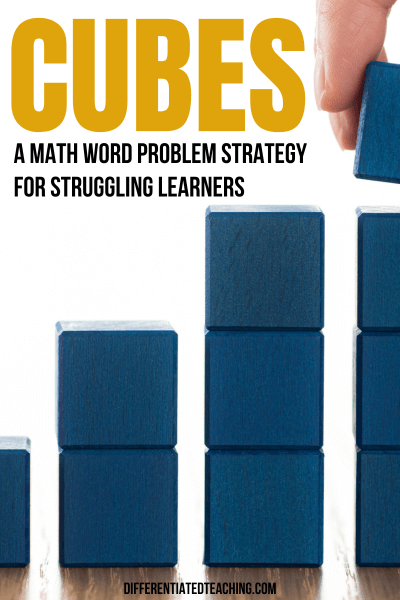
Similar Posts

How to Use a Math Spiral Review to Increase Achievement
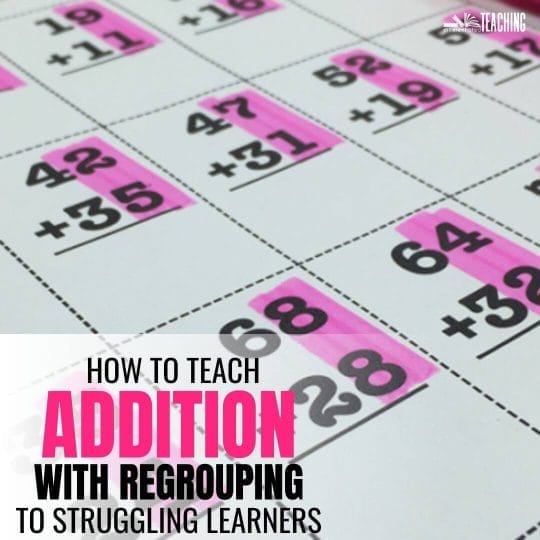
How to Simplify Addition with Regrouping to Help Struggling Learners

Count on Laughter: 40 Funniest Math Jokes for Kids

What is Math Fact Fluency & Why it Matters
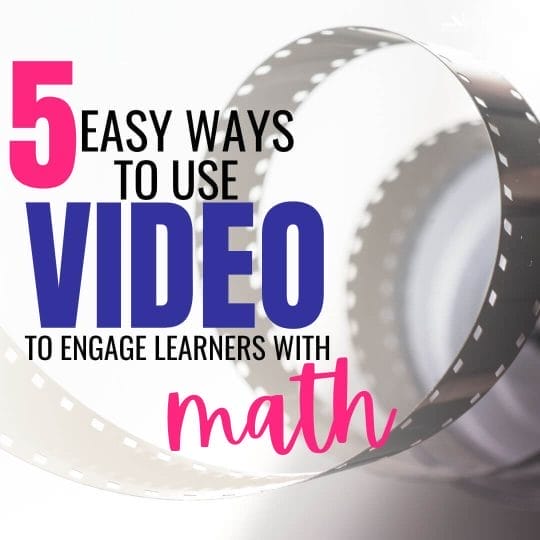
5 Engaging Ideas for Teaching Math with Video

Math Problem of the Day: Tips for Getting Started & Freebies
How to Solve Math Word Problems Using CUBE: A Step-by-Step Guide
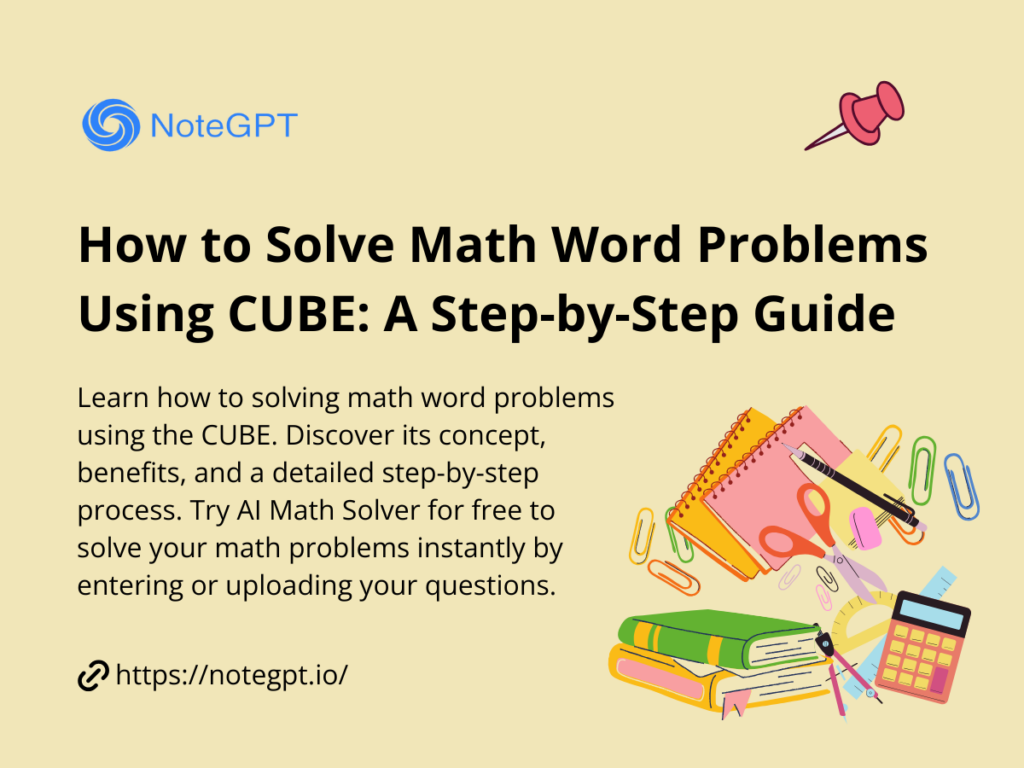
Math word problems can often feel like solving riddles, requiring a clear strategy to break them down and solve effectively. One of the most effective methods for tackling math word problems is the CUBE strategy . In this article, we’ll explore the concept of CUBE , its benefits , and provide a detailed step-by-step guide on how to apply it. Additionally, we’ll introduce you to a powerful free online tool, AI Math Solver , that can enhance your problem-solving experience by providing detailed solutions to any math problem you enter or upload.
What Is the CUBE Strategy?
The CUBE strategy is a step-by-step approach designed to help students and problem-solvers systematically tackle math word problems. It stands for:
- C : Circle the numbers
- U : Underline the question
- B : Box math keywords
- E : Evaluate and eliminate unnecessary information
By following these four steps, you can organize the information in a word problem, focus on the essential details, and avoid common pitfalls.
Why Use the CUBE Strategy?
Many students struggle with math word problems because they find it hard to translate text into actionable steps. The CUBE method simplifies this process by creating a structured way to dissect problems. Here are some of its key benefits:
- Improves Focus: By circling numbers and underlining questions, you can zero in on critical information.
- Organizes Thoughts: Boxing math keywords makes it easier to identify operations and relationships.
- Reduces Mistakes: Eliminating unnecessary details ensures you don’t get distracted by irrelevant information.
- Enhances Problem-Solving Skills: CUBE helps students build analytical skills by breaking problems into manageable chunks.
Benefits of the CUBE Strategy
1. simplifies complex problems.
Math word problems often include extra information or challenging phrasing. The CUBE method trains you to filter out the noise and focus on what’s relevant.
2. Builds Confidence
Structured problem-solving techniques like CUBE provide a clear roadmap, reducing anxiety and boosting confidence in tackling even the most intimidating problems.
3. Encourages Attention to Detail
By requiring you to circle, underline, and box specific elements of the problem, the CUBE method ensures you don’t overlook important details.
4. Makes Learning Interactive
The physical act of marking up a problem—circling, underlining, and boxing—engages different parts of the brain, reinforcing comprehension and retention.
Step-by-Step Guide to Solving Math Word Problems Using CUBE
Step 1: circle the numbers.
Start by scanning the word problem and circling all the numerical values mentioned. These could include:
- Whole numbers
- Fractions or decimals
- Units (e.g., “5 liters,” “10 miles”)
Example: Sarah has 3 apples, buys 7 more, and gives away 2. How many does she have left?
- Circle: 3 , 7 , 2
Step 2: Underline the Question
Next, underline the specific question being asked in the problem. This ensures you understand the goal before diving into calculations.
- Underline: How many does she have left?
Step 3: Box Math Keywords
Identify and box any keywords that provide clues about the operations required to solve the problem. Look for terms like:
- Addition: altogether, sum, in total
- Subtraction: left, fewer, difference
- Multiplication: product, times, of
- Division: per, each, split
- Box: buys (addition), gives away (subtraction)

Step 4: Evaluate and Eliminate Unnecessary Information
Finally, evaluate all the information in the problem and eliminate anything that doesn’t contribute to the solution. Sometimes, problems include extra details designed to confuse you.
Example: If the problem mentioned the type of apples Sarah bought (e.g., Granny Smith), you could ignore that detail as irrelevant.
Example: Solving a Word Problem Using CUBE
Let’s apply the CUBE strategy to a sample problem:
Problem: John travels 15 miles to work every day. Over 5 days, he also makes a 2-mile detour each day for coffee. What is the total distance he travels in a week?
- Circle the Numbers: 15 , 5 , 2
- Underline the Question: What is the total distance he travels in a week?
- Box Math Keywords: total (addition), each day (repetition)
- Daily work commute: 15 miles
- Detour for coffee: 2 miles
- Weekly total: (15 + 2) × 5 = 85 miles
Using AI Math Solver to Simplify Your Work
While the CUBE strategy is an excellent manual tool, modern technology can provide an extra edge. Enter AI Math Solver , a free online tool that simplifies math problem-solving.

What Is AI Math Solver?
AI Math Solver is an intelligent platform where you can:
- Enter your math word problems as text.
- Upload photos of handwritten or printed problems.
- Receive detailed, step-by-step solutions.
How to Use AI Math Solver
- Visit AI Math Solver .
- Choose to type in your problem or upload a photo.
- Click "Solve" and review the comprehensive solution provided by the AI.
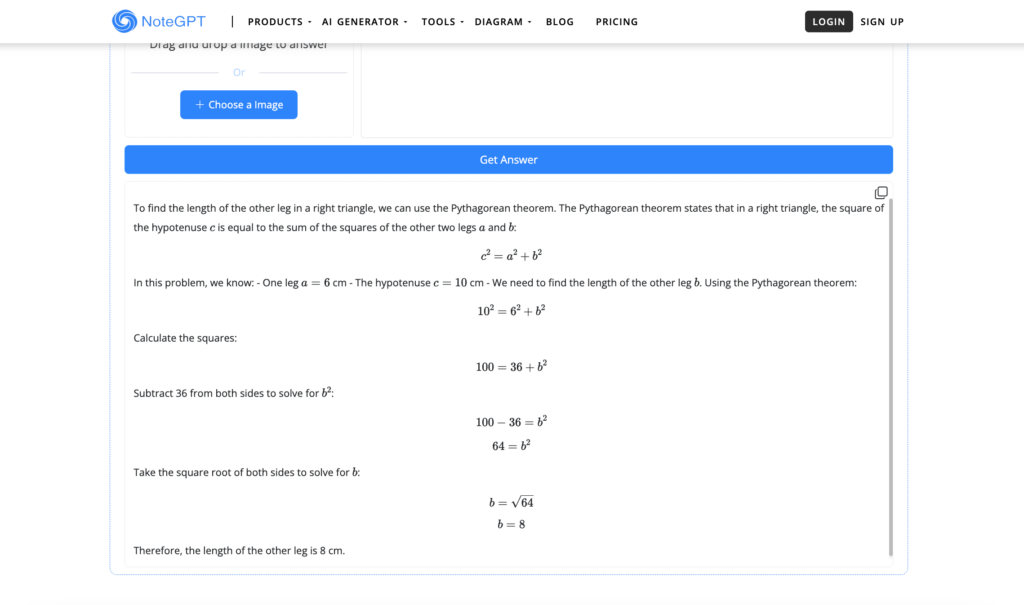
Benefits of AI Math Solver
- Instant Answers: Get solutions in seconds.
- Step-by-Step Explanations: Understand the entire process, not just the final answer.
- Supports All Levels: Whether it’s basic arithmetic or advanced calculus, the tool can handle it.
- Accessible Anywhere: Use it on your smartphone, tablet, or computer for on-the-go problem solving.
Combining CUBE and AI Math Solver
For the best results, consider using both the CUBE strategy and AI Math Solver:
- Start with CUBE to manually analyze the problem, ensuring you grasp its structure.
- Use AI Math Solver for confirmation and deeper understanding of the solution.
This hybrid approach builds problem-solving skills while leveraging technology for accuracy and efficiency.
The CUBE strategy is a simple yet powerful method for solving math word problems. By circling numbers, underlining questions, boxing keywords, and evaluating details, you can systematically tackle even the trickiest problems. And when paired with tools like AI Math Solver , solving math problems becomes faster, easier, and more enjoyable.
Visit AI Math Solver today and see how it can transform your approach to math problem-solving. Don’t just solve problems—master them!
You Might Also Like

RECENT POSTS
- 8 Best Presentation Maker AI for Essay Writing
- How to Convert AI to Human Text: The Ultimate Guide
- Top 10 Listing Presentation Templates to Impress Clients in 2024
- Content at Scale AI Detector: Benefits & How It Works
- NoteGPT Black Friday AI Deals: Save 50% on Annual Unlimited Plans Now!
NoteGPT offers useful features for clever learning - to reduce half of your learning time. Use it to increase learning efficiency for free!

CUBES Math Strategy Posters: Solve Word Problems Like a Pro!
It’s important for students to have a clear strategy for approaching story problems. The CUBES method gives students an easy-to-use, step-by-step tool to understand and solve word problems. Each letter in the acronym “CUBES” represents a step that students will follow to work through the problem.
While CUBES isn’t the only problem-solving strategy available, it is effective and worth teaching to your students. I recommend teaching your students multiple different problem-solving approaches, and allowing them to choose their favorite method. Introducing this element of choice to your class can improve their engagement while encouraging them to solve word problems like pros !
In this blog post, I’ll guide you through each step of the CUBES strategy. Plus, did you know you can get a set of adorable CUBES Posters for FREE from my TPT Store ? Click the button below to check them out!
Finding Important Information in Story Problems with the CUBES Strategy
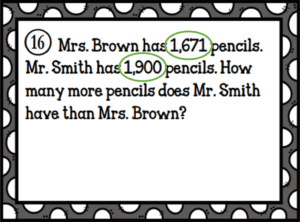
C- Circle the Numbers
For this first step of the CUBES strategy, students will need to circle the numbers in the word problem. This helps draw attention and focus to the numbers that students will need to do some sort of computation with.
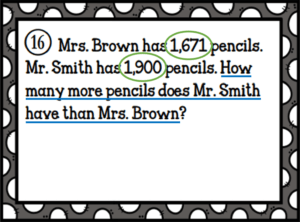
U – Underline the Question
The second step is to underline the question that the story problem is asking students to solve. At this point, you should teach your students to stop and think about what the question is asking them to do. Is it an addition, subtraction, multiplication, or division problem?
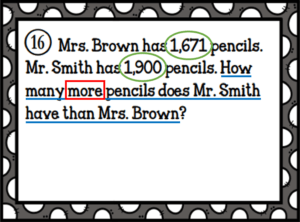
B – Box the Important Words
Next, students will draw a box around words that are important. These are words that may give students clues about how to solve the story problem.
PLEASE NOTE : The word “more” does not mean it is an addition problem every time. Teaching “keywords” is misleading, confuses students, and does not promote critical thinking. For more about the pitfalls of “keywords,” please read this article .
Eliminating Extra Info in Word Problems with CUBES
E – Eliminate & Evaluate
The fourth step is to eliminate unnecessary information (if any). This requires students to think about what they actually need to solve the problem. Students can draw a single line through words that are not needed.
For the Evaluation piece, students can write an equation to show their plan for solving the problem.
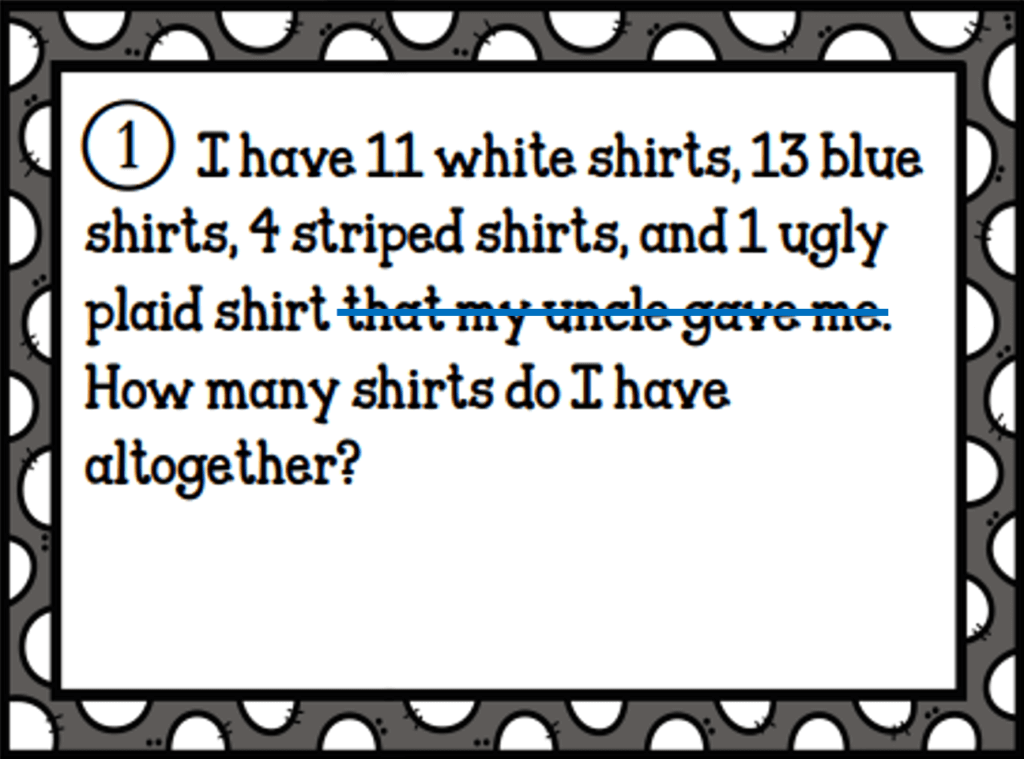
CUBES: Solving the Word Problem & Checking Your Work!
S – Solve & Check!
The final step of CUBES is where students will follow through with their plan and perform the computations while showing all of their work to solve the word problem. This could include using methods like a number line, the standard algorithm, tens frames, hundreds chart, drawing a picture, and more.
To check their answer, you can have students solve the equation using a different method than the first one they chose. For example, if they originally solved the problem using a number line, then they could also draw a picture to check themselves.
If you’re looking for daily word problems to help your students practice problem-solving, click here to join my email list for a free sample of Daily Word Problem Warm-Ups !
Cracking the Code: CUBES Math Strategy Posters for Word Problems
CUBES in an effective and memorable strategy for solving word problems in elementary school. Click here to grab your FREE copy of these CUBES Posters / Anchor Charts to hang in your classroom all year long!
Do you have a favorite word problem solving strategy? Share your tips with us in the comments!
If you’d like to save these CUBES posters for later on Pinterest, pin the images below.
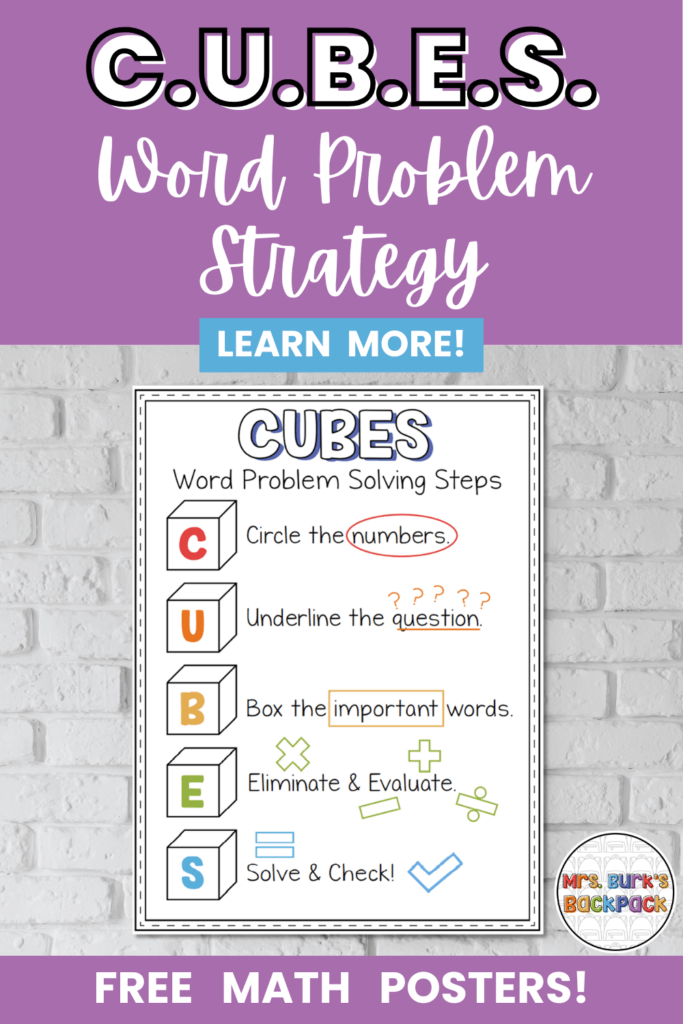
Connect with Mrs. Burk's Backpack
Leave a reply cancel reply.
Your email address will not be published. Required fields are marked *
Save my name, email, and website in this browser for the next time I comment.
- Skip to main content
- Skip to primary sidebar
CLICK HERE TO LEARN ABOUT MTM ALL ACCESS MEMBERSHIP FOR GRADES 6-ALGEBRA 1
Maneuvering the Middle
Student-Centered Math Lessons
Math Problem Solving Strategies
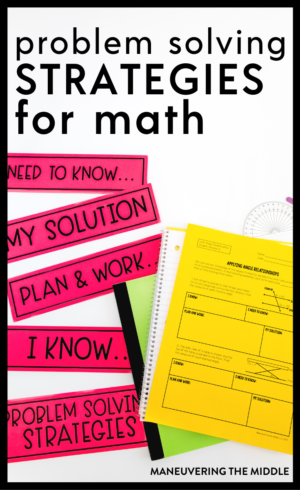
How many times have you been teaching a concept that students are feeling confident in, only for them to completely shut down when faced with a word problem? For me, the answer is too many to count. Word problems require problem solving strategies. And more than anything, word problems require decoding, eliminating extra information, and opportunities for students to solve for something that the question is not asking for . There are so many places for students to make errors! Let’s talk about some problem solving strategies that can help guide and encourage students!
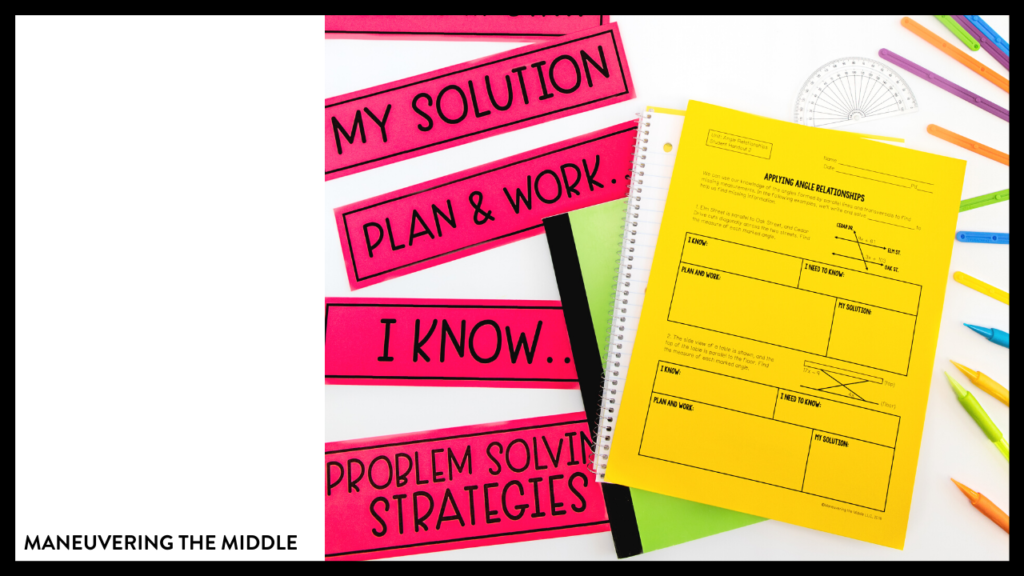
1. C.U.B.E.S.
C.U.B.E.S stands for circle the important numbers, underline the question, box the words that are keywords, eliminate extra information, and solve by showing work.
- Why I like it: Gives students a very specific ‘what to do.’
- Why I don’t like it: With all of the annotating of the problem, I’m not sure that students are actually reading the problem. None of the steps emphasize reading the problem but maybe that is a given.
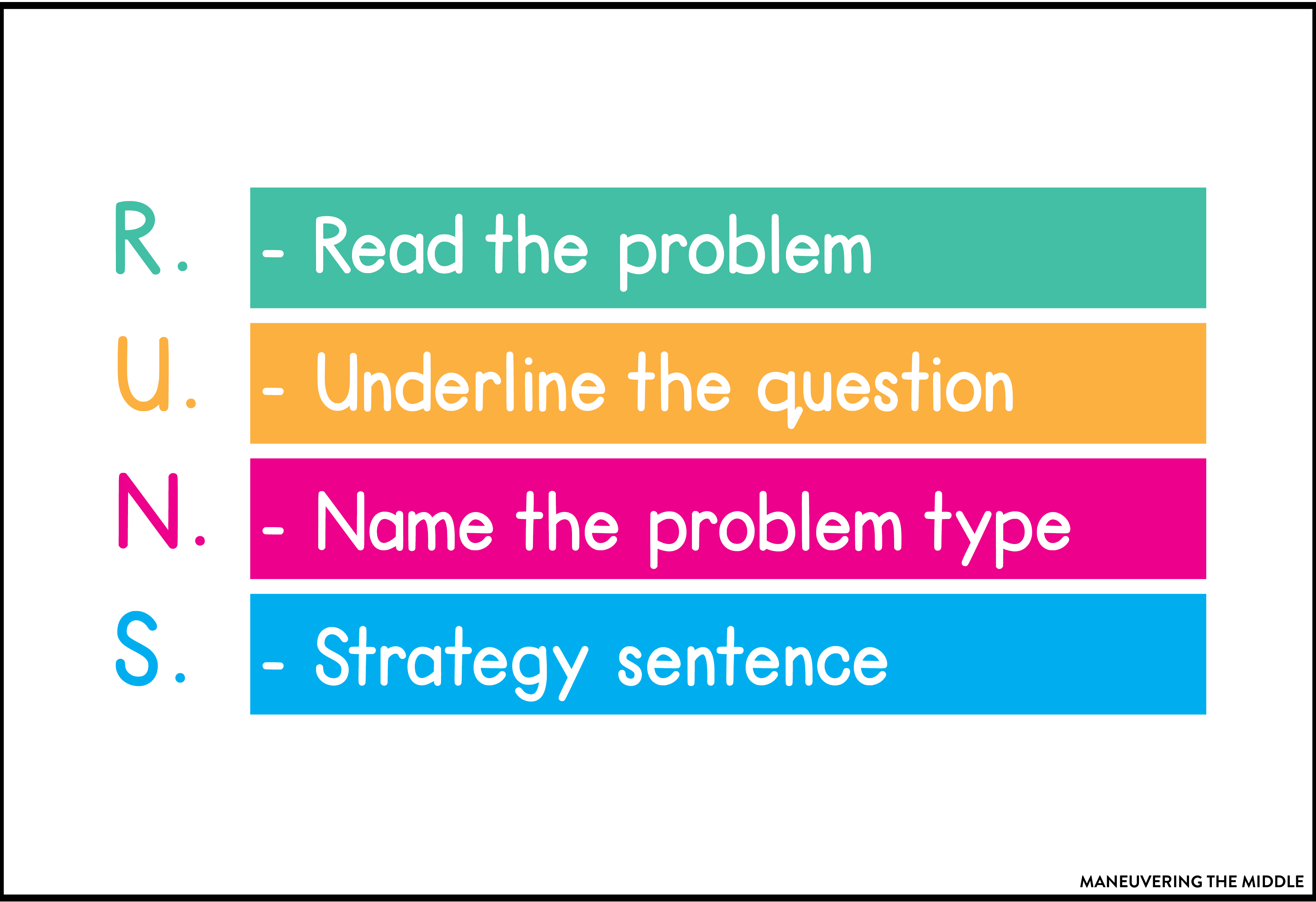
2. R.U.N.S.
R.U.N.S. stands for read the problem, underline the question, name the problem type, and write a strategy sentence.
- Why I like it: Students are forced to think about what type of problem it is (factoring, division, etc) and then come up with a plan to solve it using a strategy sentence. This is a great strategy to teach when you are tackling various types of problems.
- Why I don’t like it: Though I love the opportunity for students to write in math, writing a strategy statement for every problem can eat up a lot of time.
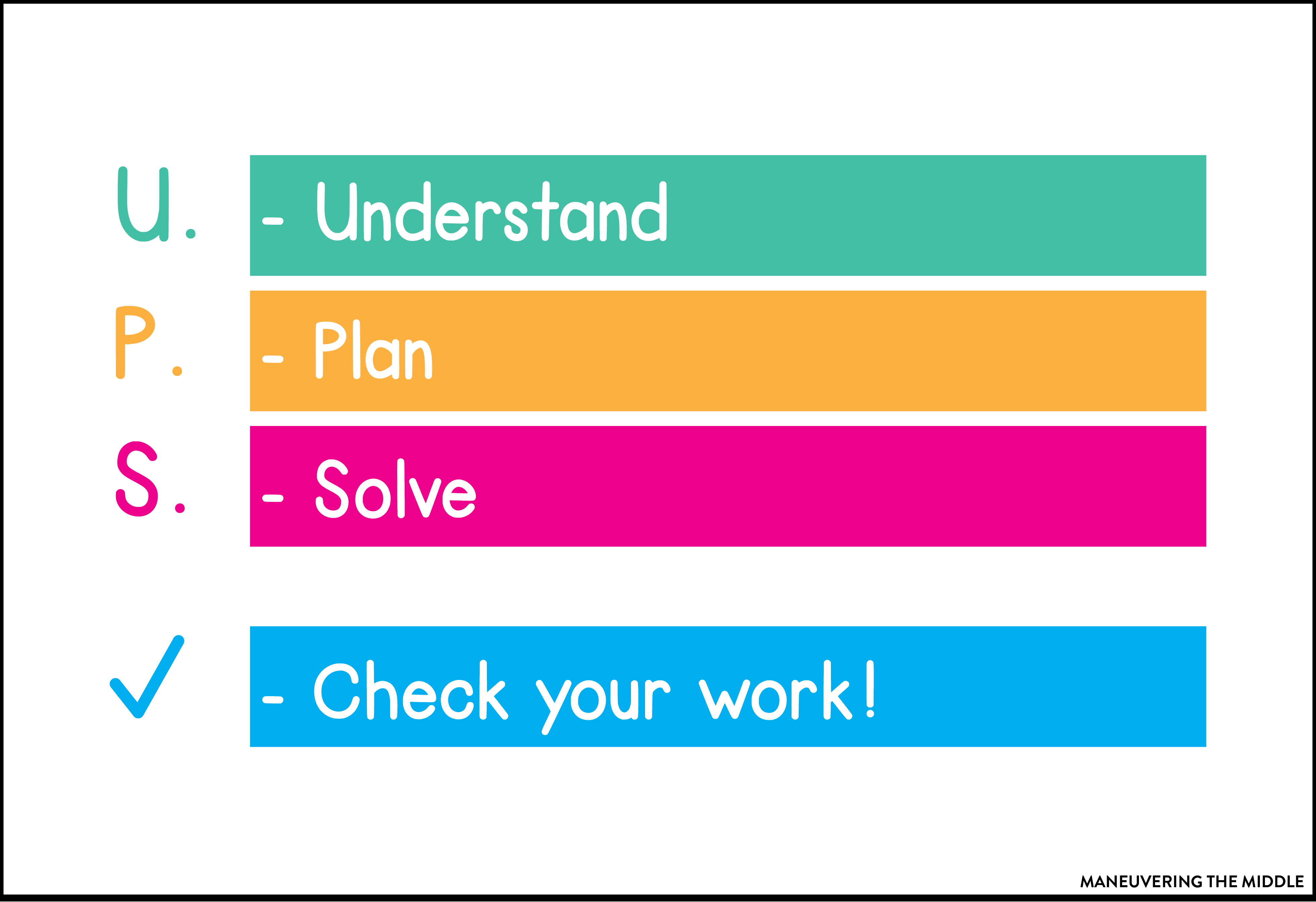
3. U.P.S. CHECK
U.P.S. Check stands for understand, plan, solve, and check.
- Why I like it: I love that there is a check step in this problem solving strategy. Students having to defend the reasonableness of their answer is essential for students’ number sense.
- Why I don’t like it: It can be a little vague and doesn’t give concrete ‘what to dos.’ Checking that students completed the ‘understand’ step can be hard to see.
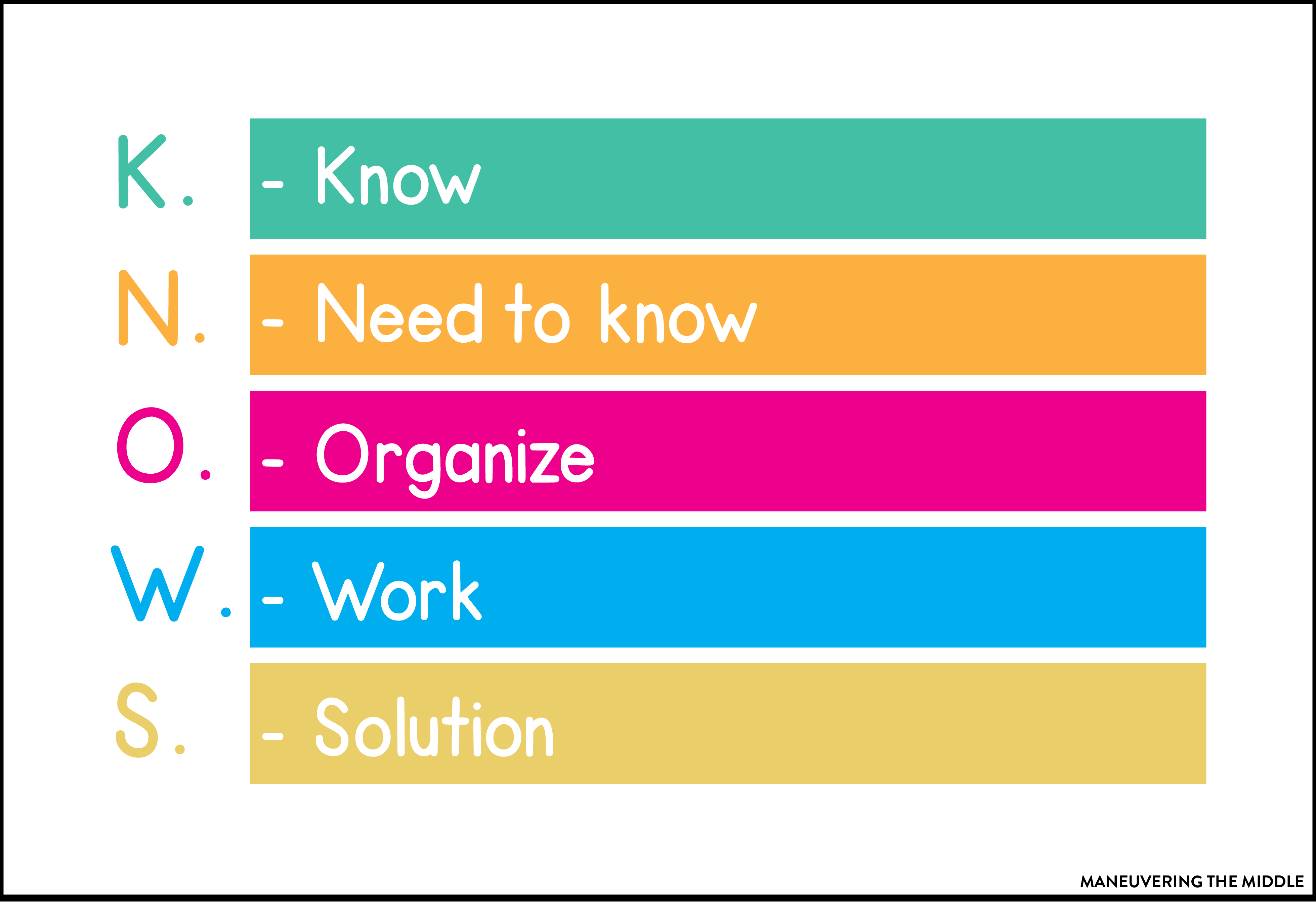
4. Maneuvering the Middle Strategy AKA K.N.O.W.S.
Here is the strategy that I adopted a few years ago. It doesn’t have a name yet nor an acronym, (so can it even be considered a strategy…?)
UPDATE: IT DOES HAVE A NAME! Thanks to our lovely readers, Wendi and Natalie!
- Know: This will help students find the important information.
- Need to Know: This will force students to reread the question and write down what they are trying to solve for.
- Organize: I think this would be a great place for teachers to emphasize drawing a model or picture.
- Work: Students show their calculations here.
- Solution: This is where students will ask themselves if the answer is reasonable and whether it answered the question.
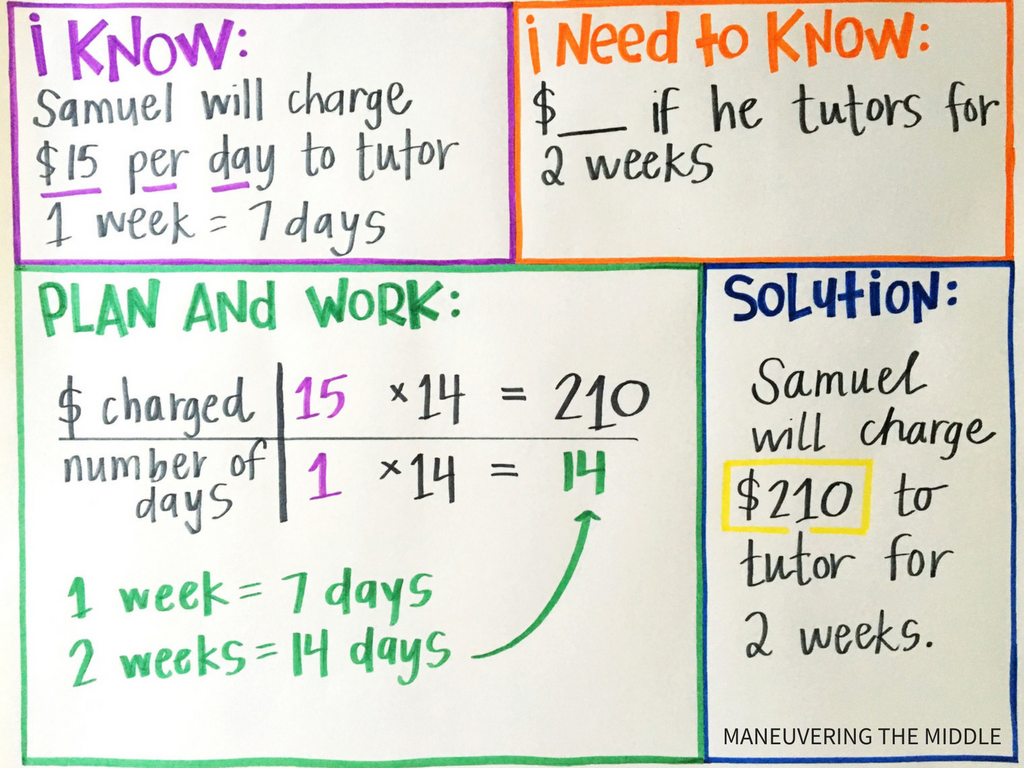
Ideas for Promoting Showing Your Work
- White boards are a helpful resource that make (extra) writing engaging!
- Celebrating when students show their work. Create a bulletin board that says ***I showed my work*** with student exemplars.
- Take a picture that shows your expectation for how work should look and post it on the board like Marissa did here.
Show Work Digitally
Many teachers are facing how to have students show their work or their problem solving strategy when tasked with submitting work online. Platforms like Kami make this possible. Go Formative has a feature where students can use their mouse to “draw” their work.
If you want to spend your energy teaching student problem solving instead of writing and finding math problems, look no further than our All Access membership . Click the button to learn more.

Students who plan succeed at a higher rate than students who do not plan. Do you have a go to problem solving strategy that you teach your students?
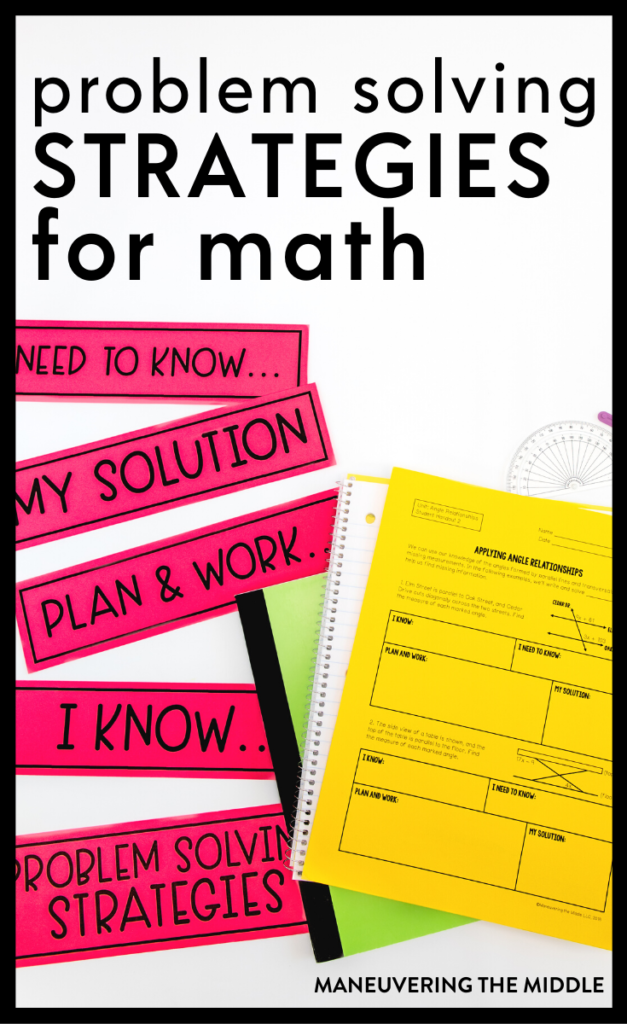
Editor’s Note: Maneuvering the Middle has been publishing blog posts for nearly 8 years! This post was originally published in September of 2017. It has been revamped for relevancy and accuracy.

Problem Solving Posters (Represent It! Bulletin Board)
Check out these related products from my shop.
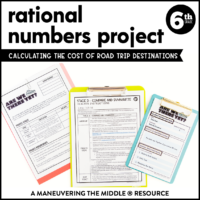
Reader Interactions
18 comments.
October 4, 2017 at 7:55 pm
As a reading specialist, I love your strategy. It’s flexible, “portable” for any problem, and DOES get kids to read and understand the problem by 1) summarizing what they know and 2) asking a question for what they don’t yet know — two key comprehension strategies! How about: “Make a Plan for the Problem”? That’s the core of your rationale for using it, and I bet you’re already saying this all the time in class. Kids will get it even more because it’s a statement, not an acronym to remember. This is coming to my reading class tomorrow with word problems — thank you!
October 4, 2017 at 8:59 pm
Hi Nora! I have never thought about this as a reading strategy, genius! Please let me know how it goes. I would love to hear more!
December 15, 2017 at 7:57 am
Hi! I am a middle school teacher in New York state and my district is “gung ho” on CUBES. I completely agree with you that kids are not really reading the problem when using CUBES and only circling and boxing stuff then “doing something” with it without regard for whether or not they are doing the right thing (just a shot in the dark!). I have adopted what I call a “no fear word problems” procedure because several of my students told me they are scared of word problems and I thought, “let’s take the scary out of it then by figuring out how to dissect it and attack it! Our class strategy is nearly identical to your strategy:
1. Pre-Read the problem (do so at your normal reading speed just so you basically know what it says) 2. Active Read: Make a short list of: DK (what I Definitely Know), TK (what I Think I Know and should do), and WK (what I Want to Know– what is the question?) 3. Draw and Solve 4. State the answer in a complete sentence.
This procedure keep kids for “surfacely” reading and just trying something that doesn’t make sense with the context and implications of the word problem. I adapted some of it from Harvey Silver strategies (from Strategic Teacher) and incorporated the “Read-Draw-Write” component of the Eureka Math program. One thing that Harvey Silver says is, “Unlike other problems in math, word problems combine quantitative problem solving with inferential reading, and this combination can bring out the impulsive side in students.” (The Strategic Teacher, page 90, Silver, et al.; 2007). I found that CUBES perpetuates the impulsive side of middle school students, especially when the math seems particularly difficult. Math word problems are packed full of words and every word means something to about the intent and the mathematics in the problem, especially in middle school and high school. Reading has to be done both at the literal and inferential levels to actually correctly determine what needs to be done and execute the proper mathematics. So far this method is going really well with my students and they are experiencing higher levels of confidence and greater success in solving.
October 5, 2017 at 6:27 am
Hi! Another teacher and I came up with a strategy we call RUBY a few years ago. We modeled this very closely after close reading strategies that are language arts department was using, but tailored it to math. R-Read the problem (I tell kids to do this without a pencil in hand otherwise they are tempted to start underlining and circling before they read) U-Underline key words and circle important numbers B-Box the questions (I always have student’s box their answer so we figured this was a way for them to relate the question and answer) Y-You ask yourself: Did you answer the question? Does your answer make sense (mathematically)
I have anchor charts that we have made for classrooms and interactive notebooks if you would like them let me me know….
October 5, 2017 at 9:46 am
Great idea! Thanks so much for sharing with our readers!
October 8, 2017 at 6:51 pm
LOVE this idea! Will definitely use it this year! Thank you!
December 18, 2019 at 7:48 am
I would love an anchor chart for RUBY
October 15, 2017 at 11:05 am
I will definitely use this concept in my Pre-Algebra classes this year; I especially like the graphic organizer to help students organize their thought process in solving the problems too.
April 20, 2018 at 7:36 am
I love the process you’ve come up with, and think it definitely balances the benefits of simplicity and thoroughness. At the risk of sounding nitpicky, I want to point out that the examples you provide are all ‘processes’ rather than strategies. For the most part, they are all based on the Polya’s, the Hungarian mathematician, 4-step approach to problem solving (Understand/Plan/Solve/Reflect). It’s a process because it defines the steps we take to approach any word problem without getting into the specific mathematical ‘strategy’ we will use to solve it. Step 2 of the process is where they choose the best strategy (guess and check, draw a picture, make a table, etc) for the given problem. We should start by teaching the strategies one at a time by choosing problems that fit that strategy. Eventually, once they have added multiple strategies to their toolkit, we can present them with problems and let them choose the right strategy.
June 22, 2018 at 12:19 pm
That’s brilliant! Thank you for sharing!
May 31, 2018 at 12:15 pm
Mrs. Brack is setting up her second Christmas tree. Her tree consists of 30% red and 70% gold ornaments. If there are 40 red ornaments, then how many ornaments are on the tree? What is the answer to this question?
June 22, 2018 at 10:46 am
Whoops! I guess the answer would not result in a whole number (133.333…) Thanks for catching that error.
July 28, 2018 at 6:53 pm
I used to teach elementary math and now I run my own learning center, and we teach a lot of middle school math. The strategy you outlined sounds a little like the strategy I use, called KFCS (like the fast-food restaurant). K stands for “What do I know,” F stands for “What do I need to Find,” C stands for “Come up with a plan” [which includes 2 parts: the operation (+, -, x, and /) and the problem-solving strategy], and lastly, the S stands for “solve the problem” (which includes all the work that is involved in solving the problem and the answer statement). I find the same struggles with being consistent with modeling clearly all of the parts of the strategy as well, but I’ve found that the more the student practices the strategy, the more intrinsic it becomes for them; of course, it takes a lot more for those students who struggle with understanding word problems. I did create a worksheet to make it easier for the students to follow the steps as well. If you’d like a copy, please let me know, and I will be glad to send it.
February 3, 2019 at 3:56 pm
This is a supportive and encouraging site. Several of the comments and post are spot on! Especially, the “What I like/don’t like” comparisons.
March 7, 2019 at 6:59 am
Have you named your unnamed strategy yet? I’ve been using this strategy for years. I think you should call it K.N.O.W.S. K – Know N – Need OW – (Organise) Plan and Work S – Solution
September 2, 2019 at 11:18 am
Going off of your idea, Natalie, how about the following?
K now N eed to find out O rganize (a plan – may involve a picture, a graphic organizer…) W ork S ee if you’re right (does it make sense, is the math done correctly…)
I love the K & N steps…so much more tangible than just “Read” or even “Understand,” as I’ve been seeing is most common in the processes I’ve been researching. I like separating the “Work” and “See” steps. I feel like just “Solve” May lead to forgetting the checking step.
March 16, 2020 at 4:44 pm
I’m doing this one. Love it. Thank you!!
September 17, 2019 at 7:14 am
Hi, I wanted to tell you how amazing and kind you are to share with all of us. I especially like your word problem graphic organizer that you created yourself! I am adopting it this week. We have a meeting with all administrators to discuss algebra. I am going to share with all the people at the meeting.
I had filled out the paperwork for the number line. Is it supposed to go to my email address? Thank you again. I am going to read everything you ahve given to us. Have a wonderful Tuesday!
WELCOME! Find what you need

Elementary Math

Elementary Ela-Reading

Teaching Tips

Career Exploration
Free worksheet – addition and subtraction word problems strategy.
Free word problem comprehension strategy teaches students to apply reading comprehension strategies using CUBES or CUBED method – FREE!
This easy-to-use CUBES word problem strategy provides your students with the tools to solve addition and subtraction word problems. This strategy works because students are given a solid, concrete method to organize information.

Math word problems are always a bug-a-boo to teach – but they don’t have to be when students break the problem down into smaller pieces.
Concrete Strategy for Addition and Subtraction Word Problems
I’ve tried several different math word problem strategies for teaching students to truly understand story problems. However, CUBES or CUBED is the one method that I keep returning to year after year.
Plus, with these worksheets, students learn to apply the strategies they learn in reading class to their math problems – this brings REAL results!
Keep reading for a FREE SAMPLE!
Solving multi-step problems is difficult for students, and using either the CUBES or CUBED strategy helps break down the steps. A straightforward, easy-to-understand method also promotes confidence and provides a consistent strategy to follow.
Each page lists either the CUBES or CUBED procedure in a checkbox format. Most teachers are already familiar with CUBES, and with CUBED, the “D” stands for “Draw a picture.” Students are encouraged to draw a picture to help promote comprehension and problem-solving.
I love the twist on CUBES – drawing pictures helps visual learners make the story problem concrete enough to visualize and solve .
Want to learn more about CUBES and CUBED?
To learn more about CUBES and CUBED math word problem-solving strategies, you’ll like the article Struggling with Math Story Problems? CUBES to the Rescue!
To learn more about steps to solve math word problems in general, you’ll like the article How to Teach Math Word Problems – CUBES Math Strategy .
Now for the FREE Addition and Subtraction Worksheet
Try a FREE sample worksheet for yourself! Click on the image to visit my Teachers Pay Teachers store.
You’ll find the FREE worksheet in the PREVIEW! Enjoy!

FREE – did someone say “ Free ?? ” Visit my Teachers Pay Teachers Store for a FREE SAMPLE – try it out and see what you think!
You’ll find the free worksheet in the PREVIEW on Teachers Pay Teachers.

Like what you see? Follow my Teachers Pay Teachers Store for more FREEBIES and UPDATES !

Be sure to click and save your favorite pin so you can take advantage of the FREE worksheets!

Hi, I’m Jules
Find it fast, browse the blog, visit my teachers pay teachers shop.

IMAGES
VIDEO
COMMENTS
The math CUBE strategy provides those students with a starting point, a set of steps to perform in order to solve a particular math word problem. What is the CUBES strategy? This strategy helps students break down word problems by creating five steps they must follow in order to solve. CUBES is an acronym that is easily remembered by students.
Stick around to learn more about how this awesome strategy can help you help your struggling students become math problem-solving pros! What is the CUBES Math Strategy? The CUBES math strategy is a tool designed to help give students a systematic approach to breaking down and solving math word problems. The acronym C.U.B.E.S stands for:
Math word problems can often feel like solving riddles, requiring a clear strategy to break them down and solve effectively. One of the most effective methods for tackling math word problems is the CUBE strategy.In this article, we'll explore the concept of CUBE, its benefits, and provide a detailed step-by-step guide on how to apply it. . Additionally, we'll introduce you to a powerful ...
The CUBES method gives students an easy-to-use, step-by-step tool to understand and solve word problems. Each letter in the acronym "CUBES" represents a step that students will follow to work through the problem. While CUBES isn't the only problem-solving strategy available, it is effective and worth teaching to your students. I recommend ...
Problem solving strategies are a must teach skill. Check out some strategies for tackling word problems here! Problem solving strategies are a must teach skill. ... I completely agree with you that kids are not really reading the problem when using CUBES and only circling and boxing stuff then "doing something" with it without regard for ...
For the small group instruction, provide students with CUBES reference cards. These cards outline the essential steps of the CUBES strategy and provide a handy reminder throughout problem-solving sessions. You can find these cards in the CUBES Math Word Problem Strategy Kit - a must-have resource for teaching word problems effectively.
The CUBES math strategy is a great tool for students to have to help successfully solve story problems. What is the CUBES Math Strategy. The CUBES math strategy is a simple tool that teachers can teach their students to provide them with step-by-step actionable steps to pick apart and understand what is being asked in a story problem.
Using the CUBES or CUBED problem-solving strategy for math story problems will help your students focus on the steps they need to solve word problems. ... Below is a bulletin board using posters from the CUBES Strategy Posters for solving math story problems. Bulletin boards and teacher-created anchor charts make great reference tools for students.
This easy-to-use CUBES word problem strategy provides your students with the tools to solve addition and subtraction word problems. ... Students are encouraged to draw a picture to help promote comprehension and problem-solving. I love the twist on CUBES - drawing pictures helps visual learners make the story problem concrete enough to ...
CUBES Problem Solving Strategy. Solving math problems can be tricky! You can use a strategy to help you organize the information and help you make a plan. ... You will want to become familiar with this problem solving strategy. Learn what each of the letters in CUBES stands for. This will help when you are problem solving! cubesorganizer.pdf ...